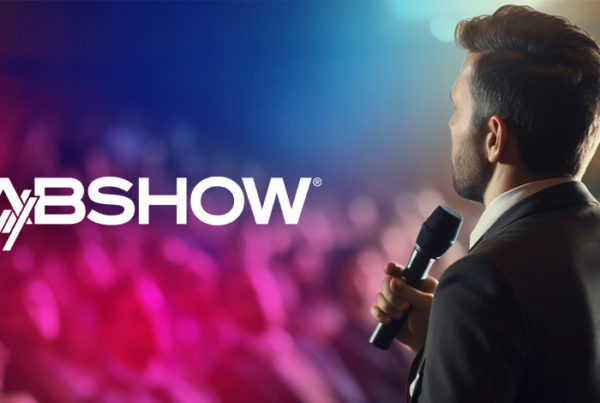The 2024 election will bring record-breaking ad spend, according to projections. Many parties, candidates and PACs (political action committees) are already running political ad campaigns on TV, radio and digital channels. Local media sellers have a significant opportunity, with BIA Advisory Services forecasting $11.9 billion in spend. TV OTA (over the air) will see the bulk of that, but digital channels will see a sizable amount, with OTT/CTV as the fastest-growing tactic.
To be ready to capture these dollars, you’ll need to understand the rules and how to execute these ads compliantly with third-party digital technology.
Political Ads Face Policies, Regulations and Restrictions
Providing digital advertising opportunities for the 2024 election is not as straightforward as it is for other industries. Several regulatory rules impact it, including:
- Political ads are a restricted category in programmatic advertising. There are considerations around what is legally permissible by state and what a DSP (demand-side platform) allows.
- Google requires any political advertising to be “responsible” and abide by local legal laws. Ads featuring candidates, officeholders, political parties and state-level ballot initiatives must meet verification requirements.
- Social media sites have various rules. Meta has strict policies, prohibiting content related to discouraging people from voting, calling into question the legitimacy of elections, and advertising that prematurely claims victory. X (formerly Twitter) now allows them, but advertisers must undergo a certification process. TikTok and LinkedIn do not permit political advertising, and Snapchat does offer it but with many restrictions and policies.
- OTT/CTV ads do not face the regulatory restrictions of broadcast TV; however, some premium publishers have rules around ad content, including guns and profanity. A review process is typical.
Note: the Federal Communications Commission has rules regarding candidate advertising for broadcast TV and radio that states, “A candidate shall be charged no more per unit than the station charges its most favored commercial advertisers.” The programming rules do not mention digital advertising.
It’s a lot to manage, which is why having a third-party digital partner to execute the ads matters so much.
The Features Your Third-Party Digital Platform Needs to Support Political Advertising Campaigns
A third-party digital platform works like a self-serve solution, covering all the components of ad operations. You aren’t on your own, as the technology has humans behind it to support compliance, review of ads, trafficking them and more.
Proposing, ordering and executing ads on third-party digital is possible for digital political ads, but you’ll need to ensure the platform has these features:
- The ability to traffic programmatic ads via compliant and high-quality DSPs that allow for this type of advertising
- Functionality within ad setup to designate that the ad is for political purposes and to provide a verification workflow incorporating DSP and regulatory policies
- The option to create an integrated political ad campaign for multiple tactics — display, video, geofencing, OTT/CTV and SEM (search engine marketing)
- Human review of ad content to ensure it meets the DSP’s policies and legal requirements (e.g., “paid for by” disclosures)
- Targeting capabilities for demographics, geography, interests and behaviors
- Support for social media campaigns that includes a review of content to meet website requirements and ad ops
These capabilities are critical to ensuring you can be efficient, effective and compliant in selling political digital ad campaigns. Few platforms have all these features, meaning media sellers must do manual work that requires sophisticated knowledge.
So, what happens when your third-party digital platform falls short?
The Consequences of Using Platforms with Minimal Functionality
The features highlighted demonstrate how the solution provides a turn-key process. If your system has gaps, there will be consequences, including:
- The need for knowledge and expertise on local, state and federal laws
- Extensive manual review, which is a big drain on time
- Greater potential for submitted ads to not be approved
- Reduced revenue from these campaigns due to the extra work
Political ads should boost your bottom line in 2024, but you’ll have difficulty reaping this if your technology is lackluster.
Marketron NXT: Third-Party Digital Software That Enables Political Ad Campaigns
Marketron NXT has all these features and more, including consolidation of digital and radio spots. We work with our customers to provide a seamless workflow for proposing, ordering and executing these ads. Our experts ensure that ads meet requirements related to the DSP and laws.
If you want to capture your piece of the multibillion-dollar pie, NXT sets you up for success. See how it works, and be ready for 2024.






